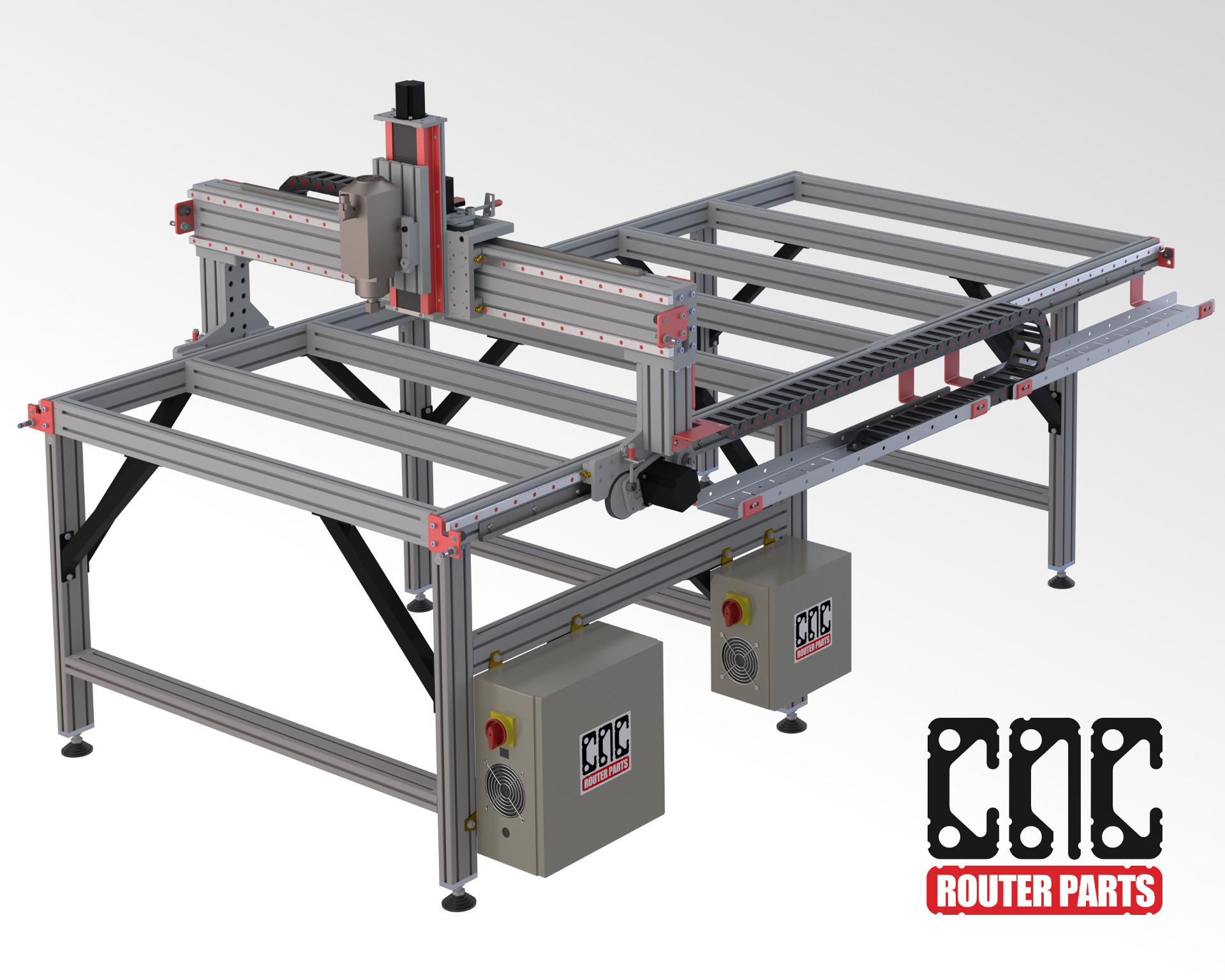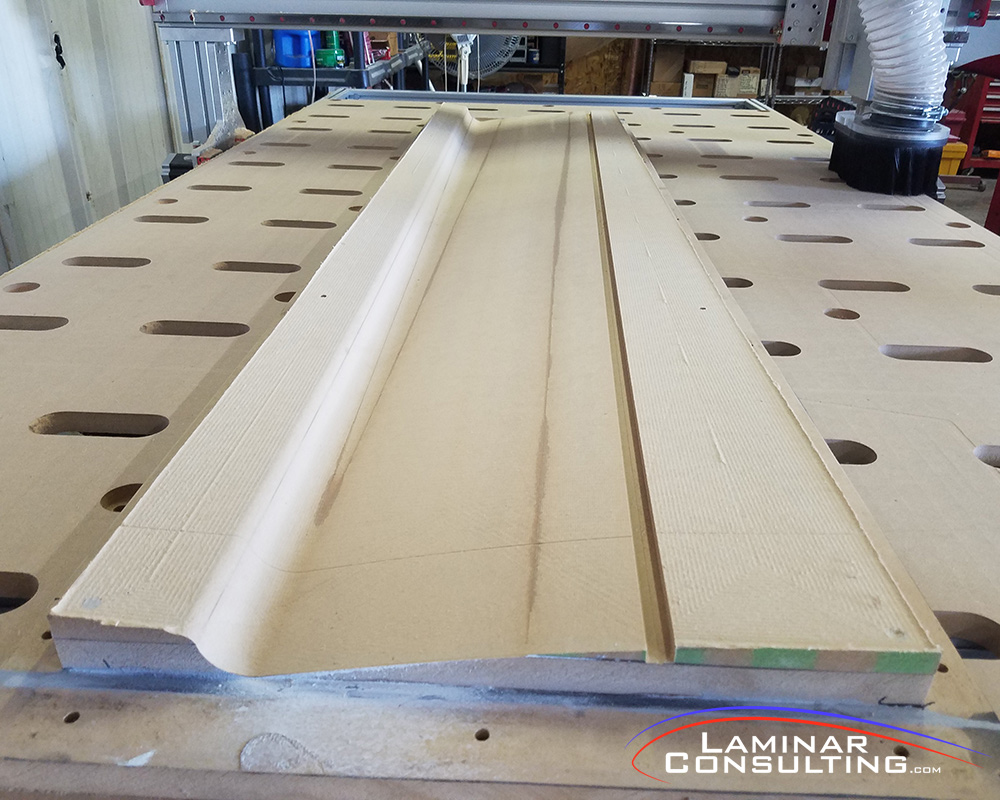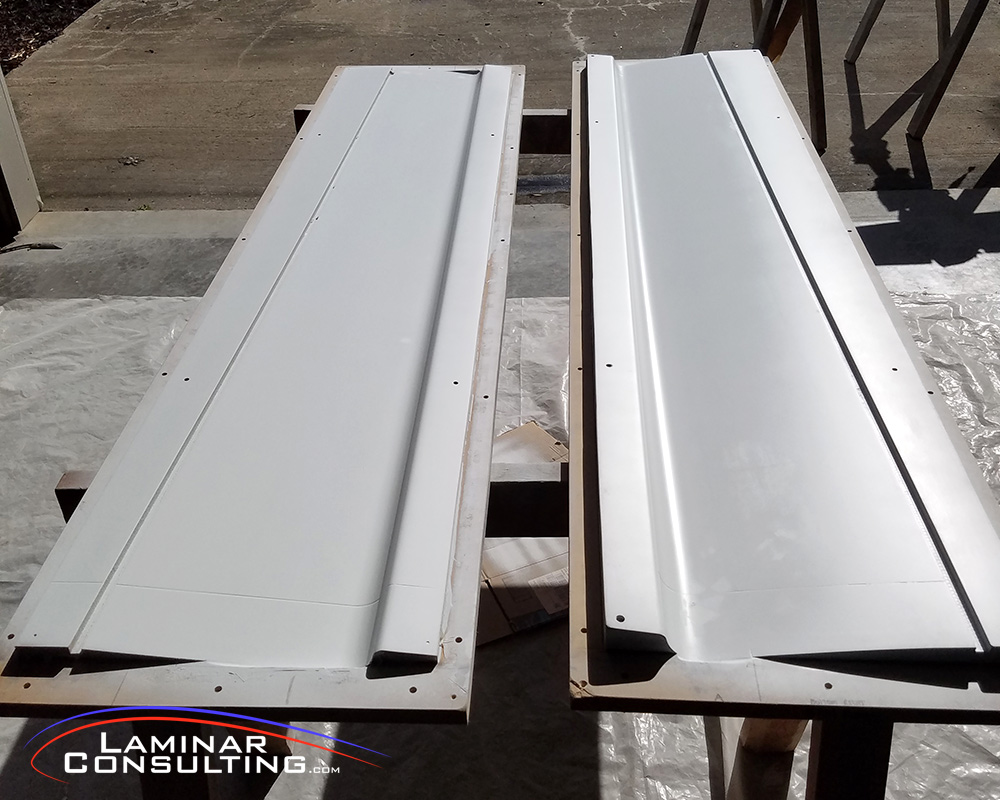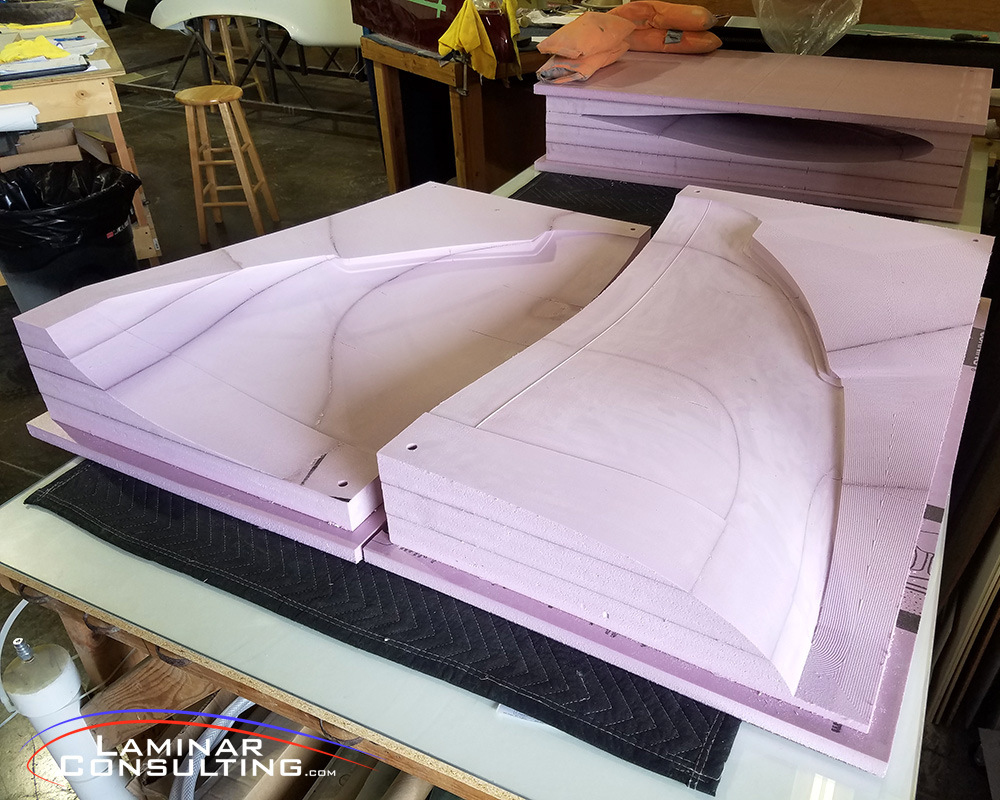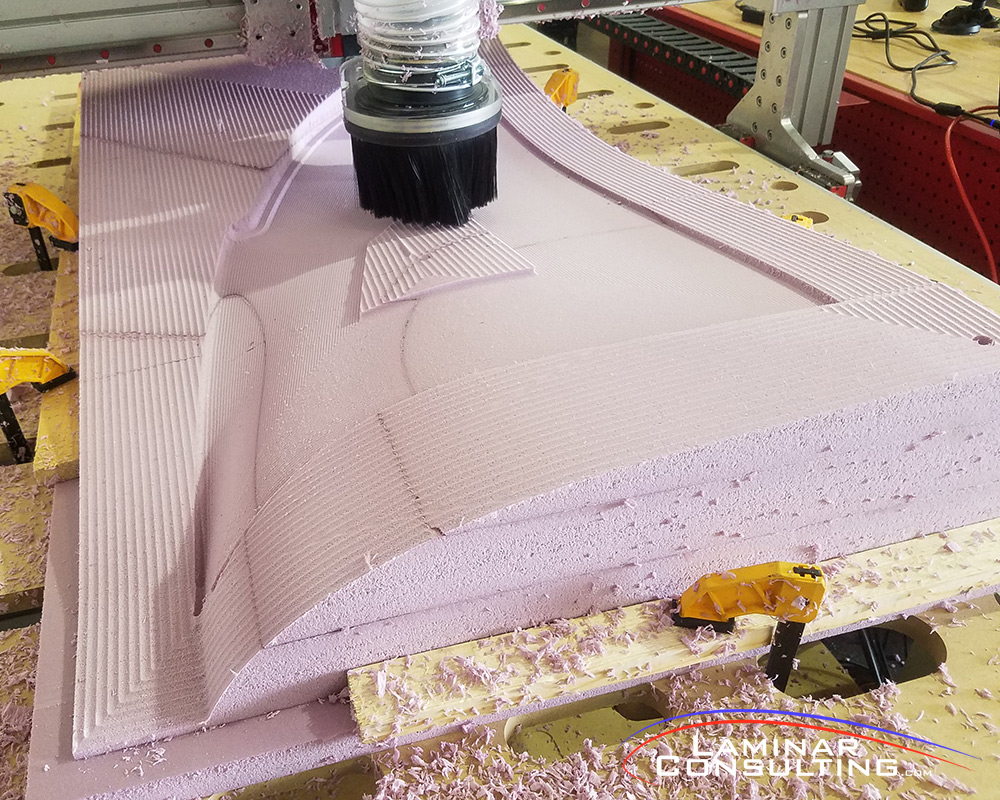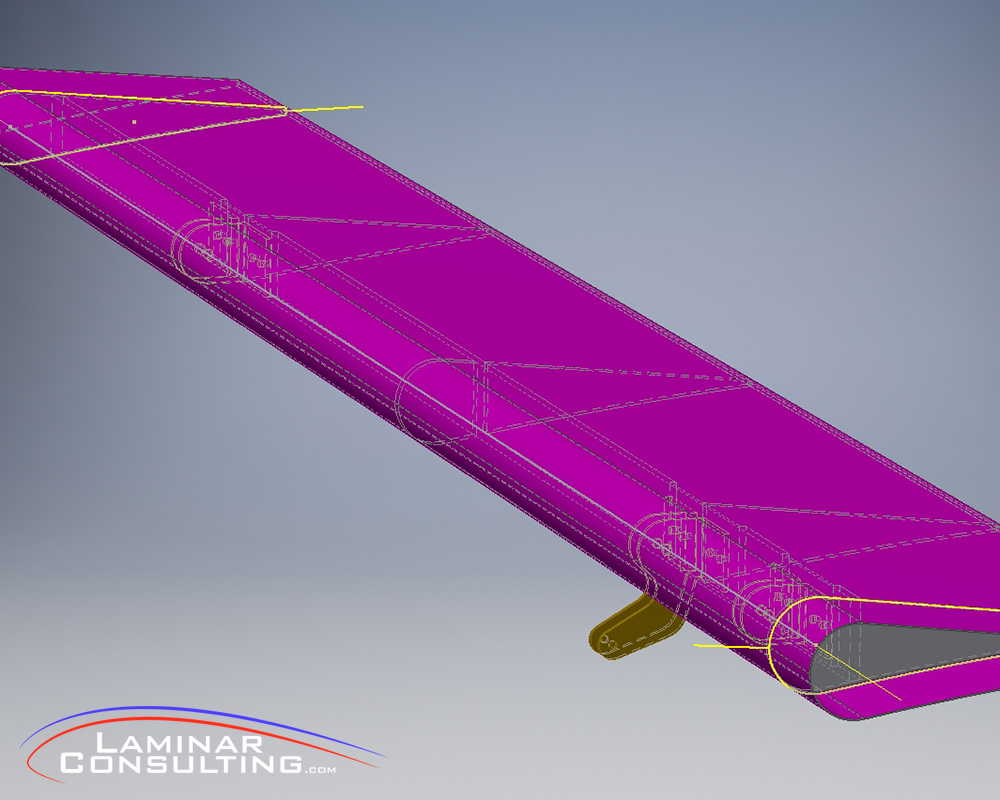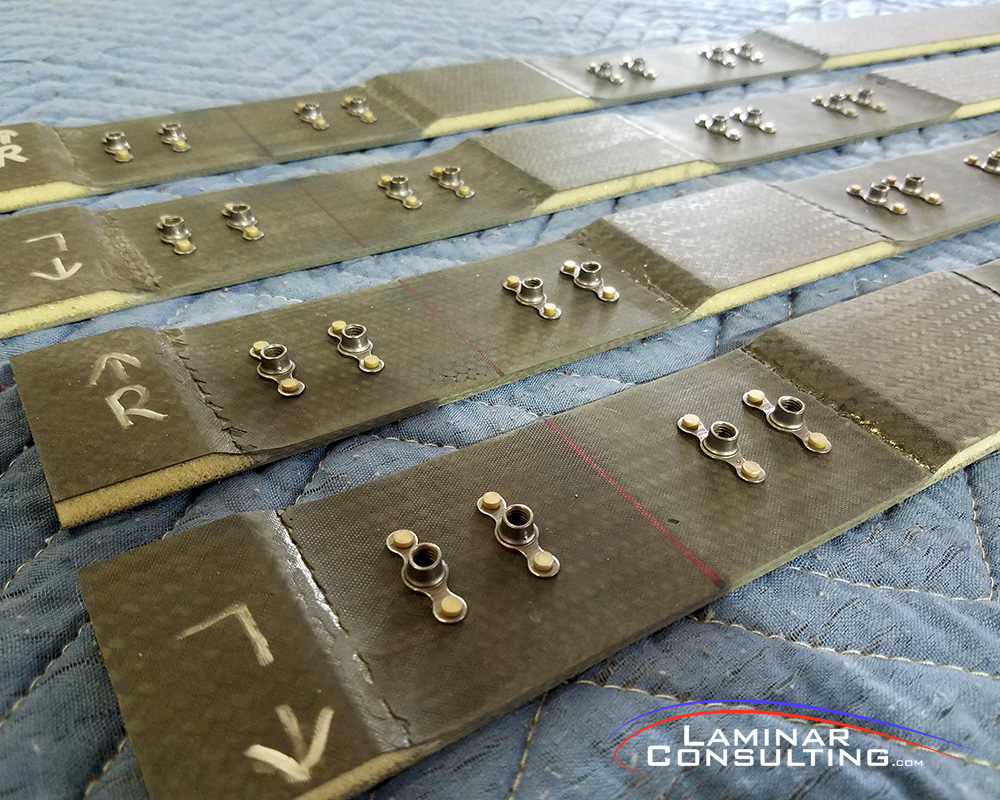An often undesirable trait of working with composites is sanding, or bodywork in general, to create the surfaces we enjoy. Ask any RV builder and they will almost all say the fiberglass portion of their build was one of the more difficult parts. Actually I’m the opposite. If I have to rivet more than 10 rivets in a row, I’m doing something wrong..
My usual response to those who dislike composites and often say “I hate all that sanding” is rather simple: I sand because I can generate a surface, compound in nature, that is far superior than any aluminum skin. At the same time, if I were ok with dimples all over, I don’t have to sand it, and it could be as good as any RV. I prefer better.

